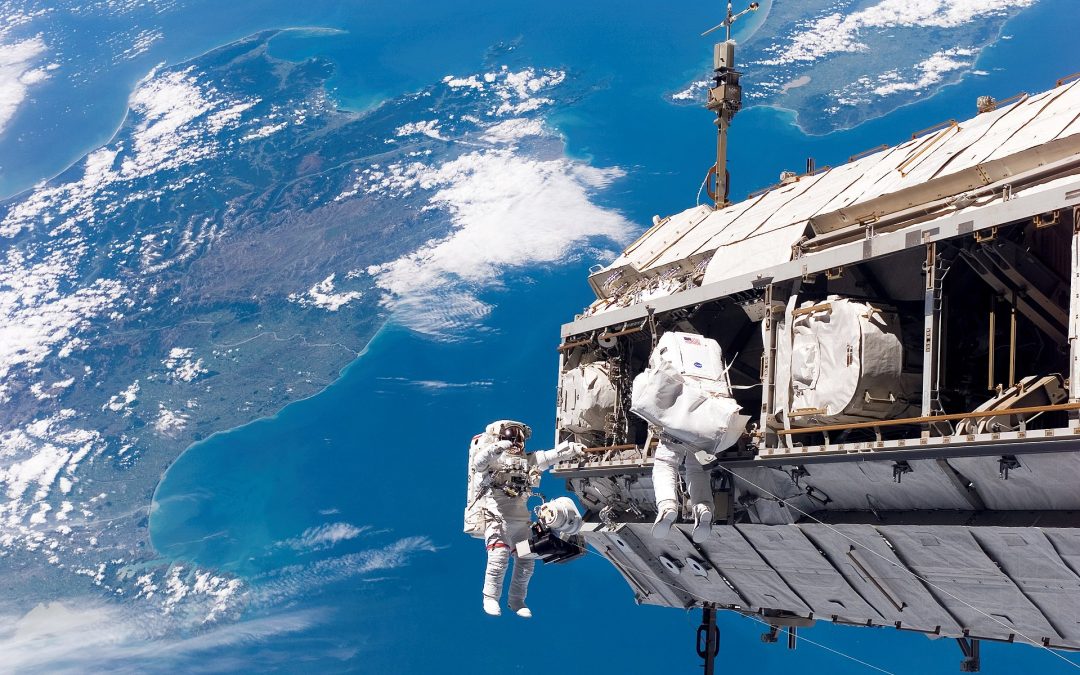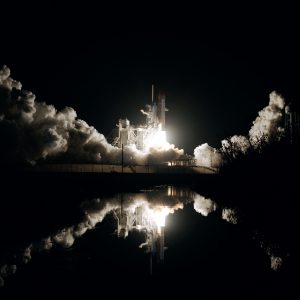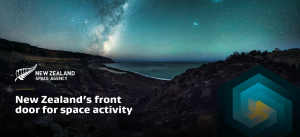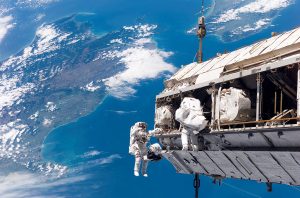With Kevin Jenkins –
Space has suddenly become big in New Zealand. Rocket Lab is just one example of what is starting to look like exponential growth in commercial activity, research is following a similar path, and the Government is active in policy and regulation.
One space narrative is about disappointment. The 1950s and 1960s were about possibilities and landing on the Moon seemed to prove that the science fiction of the 20th century really was just history written before it happened. But the promise of space seemed to peter out.
I was amazed to discover recently that Werner Von Braun, the German rocket scientist who headed both the Nazi V2 programme and rocket design for the Apollo programme, envisaged the Moon landings as a trial run for landing on Mars. He had been fixated on a human mission to Mars since he wrote a plan, wrapped in a science fiction novel called The Mars Project, in 1948.
Michael J Neufeld (The “Von Braun Paradigm” and NASA’s Long-Term Planning for Human Spaceflight) records that in early August 1969, just two weeks after Apollo 11, a projected post-Apollo programme was presented to a Senate committee proposing a manned mission to land on Mars be launched in November 1981.
As Neufeld notes though “only the Space Shuttle, oversold as a vehicle that would revolutionize the economics of spaceflight, was politically feasible in the brutal post-Apollo budgetary environment…the other elements of a big human program faded into a vague and distant future”.
“Space” seemed to shift back to more of a popular culture theme. This blog is named after a famous song, album and movie (“Space is the Place”) by one of my favourite jazz weirdos, Sun Ra (who was adamant he came from Saturn). Space became a dominant meme in pop and rock music too, and a mainstay in novels and films.
But the current flowering of space-related investment and activity shows the human fascination with the real world possibilities never went away.
Simonetta Di Pippo is the Director of the UN Office for Outer Space Affairs (UNOOSA), as well as former Head of Human Spaceflight for the European Space Policy Observatory and Director of Human Spaceflight at the European Space Agency (great job titles!). She spoke in Wellington in mid-September about international cooperation in space.
The breadth of the international space treaty and bureaucracy may surprise you. The foundation is the Outer Space Treaty, which is 50 years old this year. That outlined four principles that are familiar to us all: exploration and use will be for all countries; no country can claim sovereignty; no weapons of mass destruction; and states shall be responsible for national space activities regardless of whether they are governmental or private.
The UNOOSA exists to promote international cooperation to achieve development goals. In other words, very much about how space technology can contribute to improving the lives of humans on Earth, rather than, say, exploration for its own sake. It also keeps a register of objects we’ve launched into space. These are growing exponentially: at last count there are about 1,400 satellites operated by 60 states, and more than that number of what Devo called Space Junk in their 1978 hit of that name.
There is also something called COPUOS, the UN General Assembly’s Committee on the Peaceful Uses of Outer Space, which — hold your breath — has developed 5 treaties and 5 principles, all about encouraging research and the study of legal issues. NZ joined COPUOS from I January this year.
Then there is the International Committee on GNSS which promotes voluntary cooperation related to civil satellites. The average Kiwi uses satellite technology about 25 times per day, depending on how often we check the weather or use GPS etc, much of which is overseen by the GNSS.
The NZ Space Agency was founded in April 2016 (Kenya just established a space agency this year, bringing the total to about 70) to provide advice on space policy, regulation and business development. In July 2017 the Outer Space and High Altitude Act was passed, with the purpose including to facilitate the development of a space industry, and to implement international obligations. The Act includes a regulatory regime to ensure the safe, responsible and secure use of space from Aotearoa. The Agency signed a bilateral agreement with the US for space launchers using US technology.
The Agency also promotes innovation in what its website describes as “areas where New Zealand has real strengths developing and applying space-based data such as agri-technology, hazard management, oceanography and meteorology”. By the way, Australia is seen to be underperforming in the space sector, and, with Iceland, is one of two OECD countries without a space agency.
The Centre for Space Science Technology is a new independent research institute — funded initially by government — based in the small rural town of Alexandra, and has a “vision to enable thriving regional industries across New Zealand that have gained or maintained an internationally competitive advantage by making smarter decisions using state-of-the-art products and services that capitalise on the availability of space-based data”.
In practice, it will “design, build, launch, and operate satellites to provide niche space-based measurements not available elsewhere”, host and broker satellite data, and create new products like maps of soil moisture using data from its own and other satellites.
Let’s not brush over this too lightly: CSST’s satellites are “cubesats”, fist-sized cubes, but they still mean Aotearoa now has its own space programme. It may not mean a Kiwi will be the first human to walk on Mars, but it does mean we’re in the game.
It’s not like this is the only recent major investment in space research either. For example, Aotearoa missed out on hosting Square Kilometre Array (SKA) infrastructure, but is involved in how to extract information from the SKA data. The SKA is exciting: thousands of dishes and antennae in the deserts of South Africa and Australia creating the world’s largest radio telescope. It will be 50 times more sensitive than the biggest existing radio telescope. You can find out more at SKA Telescope.
Nyriad (a New Zealand start up based in Cambridge) has developed a breakthrough technology that looks to be the solution to SKA’s problem of how to store, process and analyse astronomical streaming bits of data, collected throughout a multi-decade project when no supercomputer capable of handling the task exists on the planet. Even better, it’s got the coolest description: the world’s first exascale computing company.
Di Pippo explained that space-related activity is now valued at US$320 billion. Rocket Lab means Aotearoa is one of only 11 countries to launch its own satellites, and the first to launch from a fully private orbital launch range. Aside from the immediate economic impacts, the space industry is acknowledged as driving innovation across a range of technologies and industries. The NZ Space Agency points out that “Our place in the South Pacific means we have clear skies, clear seas and some of the greatest selection of launch angles”.
It’s plain too that the CSST’s contribution will expand in ways not yet envisaged. Already its cubesats can provide live-time data about crops, snow conditions, and soil conditions. Link this to data from surface sensors and you have a truly turbocharged Internet of Things. Di Pippo offered some examples of Earth applications for space innovation in relation to the UN Development Goals, that provide commercial opportunities. They included tracking air composition, tracking sea ice and sea levels, tele-medicine, enabling smart cities, and disaster preparation and mitigation.
Sun Ra heavily influenced NZ bands like Earth Telephone in the 1980s and Orchestra of Spheres today, but the influence of NASA and other programmes is just as obvious in our science and engineering communities, and increasingly in business as NZ firms compete globally and, well, extra-globally.
*Reproduced with permission from the MartinJenkins blog, From the Exosphere. Originally published 11 October 2017
Email MartinJenkins at admin@martinjenkins.co.nz




